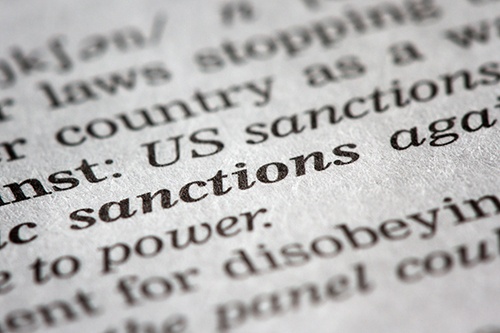
The “Countering America’s Adversaries Through Sanctions Act” (CAATSA), signed into law August 2017, imposes new sanctions on Iran, Russia, and North Korea. CAATSA reiterates the need for comprehensive due diligence by and on behalf of U.S. companies involved in importing goods. Careful consideration of, and reasonable care with respect to, the different risks presented in your supply chain should always be taken into account when importing into the United States.
Various publications from the Department of State and the Treasury Department have provided program specific documents related to CAATSA. This FAQ focuses on CAATSA Title III Section 321(b), which affects the entry of merchandise produced by North Korean nationals or citizens.
What Questions Does the FAQ Answer?
- How does Section 321 of CAATSA affect the trade community?
- What kind of information is required to rebut the presumption created by CAATSA Section 321?
- What is the difference between the Tariff Act of 1930 and CAATSA Section 321(b)?
- How will the U.S. Department of Homeland Security (DHS) enforce the forced labor presumption in CAATSA Section 321(b)?
- What should my company do if we find North Korean
- Where do I report information on suppliers overseas who are using North Korean labor?
- If merchandise is produced without North Korean nationals or citizens, but North Korean nationals or citizens are present at the docks or otherwise involved in the movement and shipping of the merchandise, is the merchandise prohibited by CAATSA Section 321(b)?
- What steps should my company take to ensure North Korean workers are not in our supply chain?
- Where can I find information on which countries are at high risk for North Korean labor?
- What government resources provide information on goods created by forced labor?
- Will shipments detained in violation of CAATSA Section 321(b) be made public?
For detailed answers and an extensive list of resources, tools, and guidance, click here .


